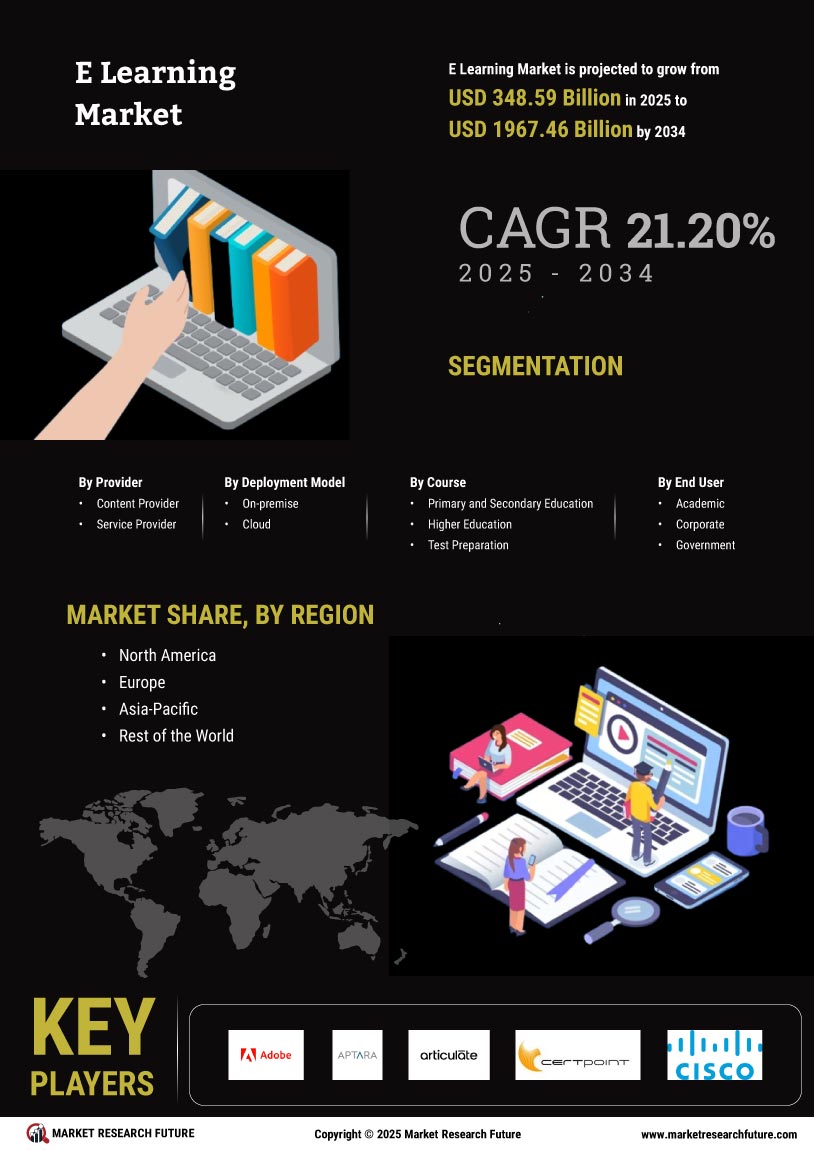Growing adoption of content gamification in digital education is driving market growth.
The European E-Learning market CAGR is expanding due to the growing adoption of content gamification in digital education. The rising adoption of mobile learning application vendors has helped other vendors, like platform providers and content creators, optimize their products for mobile accessibility. Different e-learning vendors provide gamified modules that cover specific topics and multimedia tools like audio-visuals and infographics. The learners can assess their progress in the subject by conducting tests in the form of interactive games and quizzes. Gamification assists in promoting collaborative learning in students with an interactive educational platform.
It provides an engaging and immersive learning experience that coincides with learners of all ages. Further, it involves integrating game elements like badges, points, levels, and rewards into the education content; this has come up as an effective tool to improve learner motivation, participation, and retention.
Furthermore, content gamification directs the challenge of learner disengagement, which has been a concern in traditional e-learning environments. Also, content gamification promotes personalized learning experiences by letting learners develop at their own pace and offering targeted feedback depending on their performances. Content gamification has the potential to improve the social interaction and collaboration among learners. Several gamified platforms include multiplayer features, helping learners to collaborate, compete, and communicate with their peers in real time.
Additionally, the emergence of the COVID-19 pandemic has accelerated the shift towards online education; educators are turning to content gamification to bridge the gap generated by the absence of traditional classroom interactions. Gamified content provides a dynamic alternative to traditional teaching methods, enabling educators to deliver engaging and interactive lessons in virtual settings. Thus, driving the E-Learning market revenue.













Leave a Comment